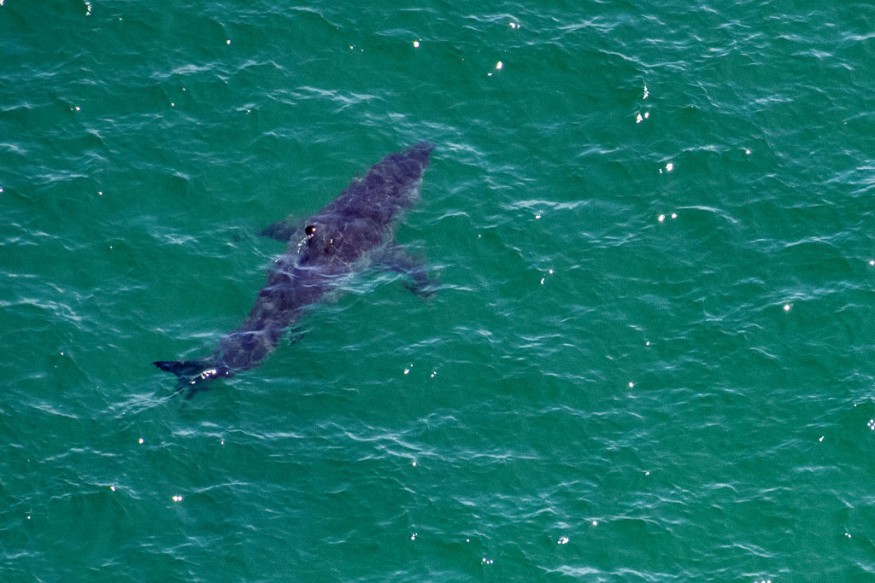Bob the great white shark was detected by OCEARCH, an ocean research and conservation organization, near the mouth of the Chesapeake Bay, which reaches both the state of Virginia and Maryland in the United States. The 13-foot great white shark was spotted near a tourist spot off the East Coast, where it has been traveling in recent months as monitored by scientists on a regular basis.
In the past, several marine conservation organizations have engaged in tracking not only sharks but also other marine animals with the main objective protecting different species. Tracking devices attached to the sea creatures also allow scientists and even the public to know their whereabouts relative to a specific time of the year. Data on their movements also provides the animals' behavior when hunting or mating.
Previous studies have shown that various marine life and their ecosystems are at risk due to various factors, including ocean warming due to climate change, overfishing, and plastic pollution, which are all attributed to human activities. Through tracking devices, animals like Bob help OCEARCH, a non-profit organization that tracks some of the world's largest sharks.
Bob the Great White Shark

Bob the shark's journey southward off the Eastern US was recorded from the Cape Cod peninsula in Massachusetts on September 22 to New Jersey on October 21. OCEARCH also posted a photo of the monster great white shark on Twitter, stating the "mature male white shark" has further moved to the south and off the Virginia Beach.
Mature male white shark Bob has moved further south off Virginia Beach! When we studied Bob last year off Nova Scotia he was approximately 1,308lbs & over 13ft long. We're excited to track Bob's movements as he continues his journey south: https://t.co/gMIvVdqSgP#FactsOverFear pic.twitter.com/NAHfSIieuC
— OCEARCH (@OCEARCH) October 24, 2022
The Twitter post adds the group studied Bob in 2021 off the coast of Nova Scotia when he was around 1,308 pounds and over 13 foot long. The organization also expressed its optimism to further track Bob's movements as he continues his journey south.
Bob's Travel Log
The detection of Bob came after the great white shark "pings" near Chesapeake Bay. According to OCEARCH, a "Ping" occurs when an animal tag breaks or ascends above the surface of the water, sending details like time, data, and location. Meanwhile, a "Z-Ping" is still a ping but with no location data.
In relation to the 13-foot shark, the organization provides the so-called "Bob's Travel Log" where the public can view the real-time location and movement of the marine predator. Based on the log, Bob was first tagged on September 20 last year at Ironbound Island, Nova Scotia.
As of Thursday, October 27, the shark's latest Ping and Z-Ping subsequently signaled on the evening of Sunday, October 23.
US Coastline Migration
Great white sharks aside from Bob migrate in a southward pattern along the US coastline during winter months, when they follow their food or prey to warmer waters off Florida.
Gavin Naylor, the director of the University of Florida's Florida Program for Shark Research, told Newsweek that we often observe white sharks migrating from Canadian waters to Florida waters. However, this is not a linear rule since the predatory sharks have thermal inertia due to their large size and are cold-blooded.
This means that temperature is more of a driver of their movement rather than food availability, Naylor adds.
© 2025 NatureWorldNews.com All rights reserved. Do not reproduce without permission.





